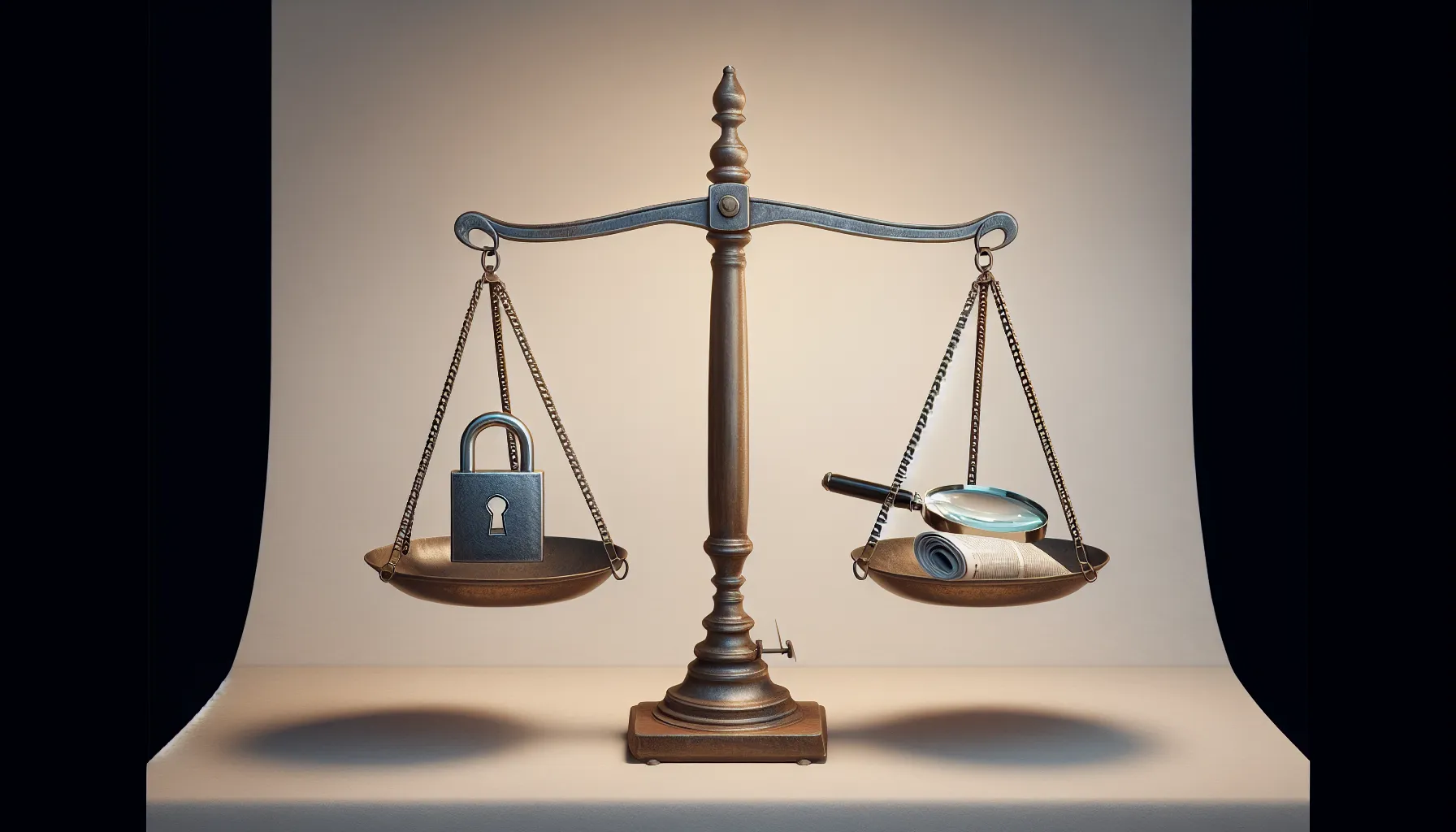How Do Journalists Balance Privacy and Public Interest in Reporting?
In the intricate dance between privacy and public interest, journalists must navigate with care. We’ve gathered insights from media professionals, including a Community Manager and a Marketing Manager, on this very topic. From seeking consent before publishing to assessing the necessity and proportionality of information, here are the top four strategies they recommend.
- Seek Consent Before Publishing
- Frame Stories in Societal Contexts
- Adhere to Ethical Principles
- Assess Necessity and Proportionality
Seek Consent Before Publishing
A fundamental step toward balancing privacy and public interest in journalism involves seeking consent from individuals before publishing sensitive information that could infringe on their privacy or damage their reputation.
Seeking consent allows individuals to confirm their decision and specify how their data will be shared, in what context, and to what extent. They can also speak out about the degree of data anonymization, requiring the journalist to redact details and remove or alter some information, like names or addresses. While the story can still be conveyed, the individual’s identifying information is protected. In this way, journalists prove that people’s rights are respected and empower the story’s heroes to control their own narrative. Additionally, by seeking consent, journalists make people aware of the potential risks they may face, such as emotional distress, safety risks, or even stigmatization.
The approach ensures ethical and responsible reporting practices while still fulfilling the journalistic duty to inform the public about important matters.
 Nina Paczka
Nina Paczka
Community Manager, Live Career
Frame Stories in Societal Contexts
As a journalist, my approach to balancing privacy and public interest hinges on upholding the public’s right to information while respecting individuals’ privacy and dignity. I uphold this by framing stories within broader societal contexts rather than focusing on sensational personal details. This allows me to prioritize transparency and ethical reporting, making sure that the public is informed without compromising the privacy of the individuals involved.
 Neil Hodgson-Coyle
Neil Hodgson-Coyle
COO, TechNews180
Adhere to Ethical Principles
When I’m faced with balancing privacy concerns with the public’s right to know, I rely on several important principles and practices to guide my reporting. First and foremost, I carefully consider the relevance of the information to the story I’m covering. Is it crucial for the public to be aware of this information to make informed decisions or hold individuals or institutions accountable?
I also prioritize minimizing harm to individuals by weighing the potential consequences of publishing sensitive details. This may involve redacting certain identifying information or withholding specific details if their disclosure could unjustly harm someone’s reputation or safety.
Respecting informed consent is another key aspect of my approach. Whenever possible, I seek permission from individuals before sharing personal information about them. It’s essential to recognize and honor their autonomy and privacy, especially when dealing with stories involving private individuals.
Moreover, I understand the distinction between public figures and private individuals. While public figures may have a lower expectation of privacy, I still carefully consider the relevance and proportionality of the information I disclose.
Adhering to ethical guidelines and codes of conduct set by professional journalism organizations is fundamental to my practice. These guidelines provide valuable standards for navigating complex ethical dilemmas, including those related to privacy.
Ensuring legal compliance is also crucial. I make sure that my reporting aligns with applicable laws and regulations, including defamation laws and privacy statutes. Seeking legal advice when necessary helps me navigate potential legal risks while upholding the public’s right to know.
Providing context and justification for reporting on sensitive matters is essential. By explaining why certain privacy boundaries are being crossed and why the information is relevant to the public interest, I help readers understand the importance of the story.
Lastly, I apply a “public interest test” to assess whether the potential harm caused by reporting on private matters is justified by the public’s right to know. This involves carefully weighing factors such as the significance of the information, the extent of harm caused by its disclosure, and the availability of alternative sources.
 Rachel Hensen
Rachel Hensen
Content Writer, PWA Media
Assess Necessity and Proportionality
Balancing the delicate equilibrium between privacy and public interest in reporting is fundamental to ethical journalism. In my practice, this balance is achieved by rigorously adhering to the principles of necessity and proportionality.
Before reporting on sensitive subjects, I meticulously assess whether the public interest outweighs the potential privacy infringement. This involves considering the relevance and impact of the information on the community, along with the subject’s expectation of privacy.
My commitment is to transparency and integrity, ensuring that a significant public benefit justifies any intrusion into privacy. This approach fosters trust and credibility, both critical in maintaining the profession’s integrity.
 Mery Jean Brito
Mery Jean Brito
Marketing Manager, Character Calculator
Submit Your Answer
Would you like to submit an alternate answer to the question, “Journalists, how do you balance privacy and public interest in reporting?”
